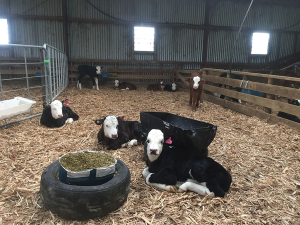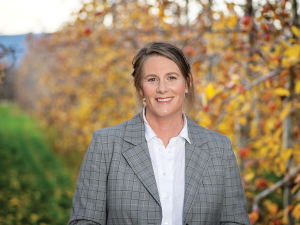The NZ Hereford Association says that by buying a registered bull and referring to the estimated breeding values (EBVs), and by talking to the vendor, a farmer may have some assurance of good calving ease and lower birthweights.
The association’s general manager, Posy Moody, says that’s what the registered breeders excel at.
“They have spent years performance recording their herd to genetically select for specific traits.”
Five years of Beef + Lamb Genetics progeny test results show that EBVs work, the association says.
“The March 2019 Dairy Beef Progeny Test Interim Sire Report, says most sires’ EBVs (across the traits) lined up well and predicted the performance of their calves. On average they did a good job of improving actual performance - the calving ease traits more so than the early growth traits.”
EBVs produce a range of economically important traits, for the dairy market chiefly calving ease, gestation length, and birth weights.
“Calving ease EBVs are estimates of genetic differences in the ability of a sires’ calves to be born unassisted from 2-year-old heifers. The EBVs are reported as differences in the percentage of unassisted calvings.
“Higher, more positive, calving ease EBVs are more favourable. For example, a bull with an EBV of +5.0% would be expected, on average, to produce 3% more unassisted calvings from 2-year-old heifers than a bull with an EBV of –1.0% (6% difference between the sires, then halved as the bull only contributes half the genetics).
“Birth weight EBVs are estimates of genetic differences between animals in calf birth weight. Birth weight EBVs are expressed in kg. Small, or moderate, birth weight EBVs are more favourable. For example, a bull with a birth weight EBV of +2 kg would be expected to produce lighter calves at birth than a bull with a birth weight EBV of +6 kg, with a lower risk of a difficult birth.
“Gestation length EBVs are estimates of genetic differences between animals, displayed in days. A lower, more negative GL is a shorter gestation. It is recorded by some breeders, but it is not as well recorded as it is in the dairy industry, due to the trait only being calculated from either AI or hand mating.”
Moody refers farmers to the NZHA website herefords.co.nz/bull-sale-calendar
















